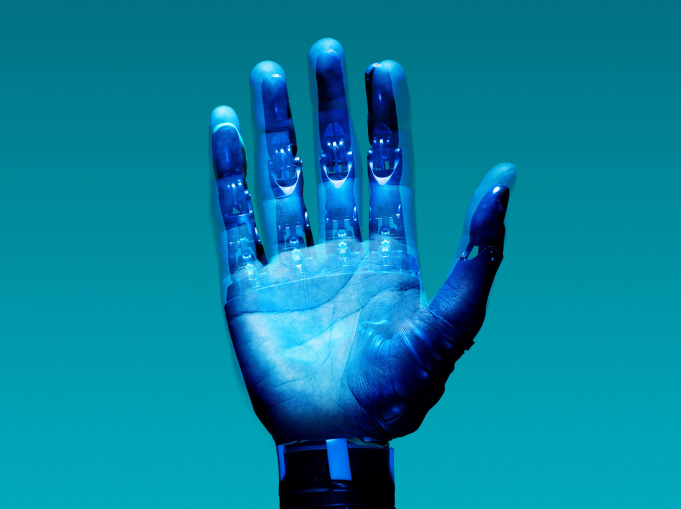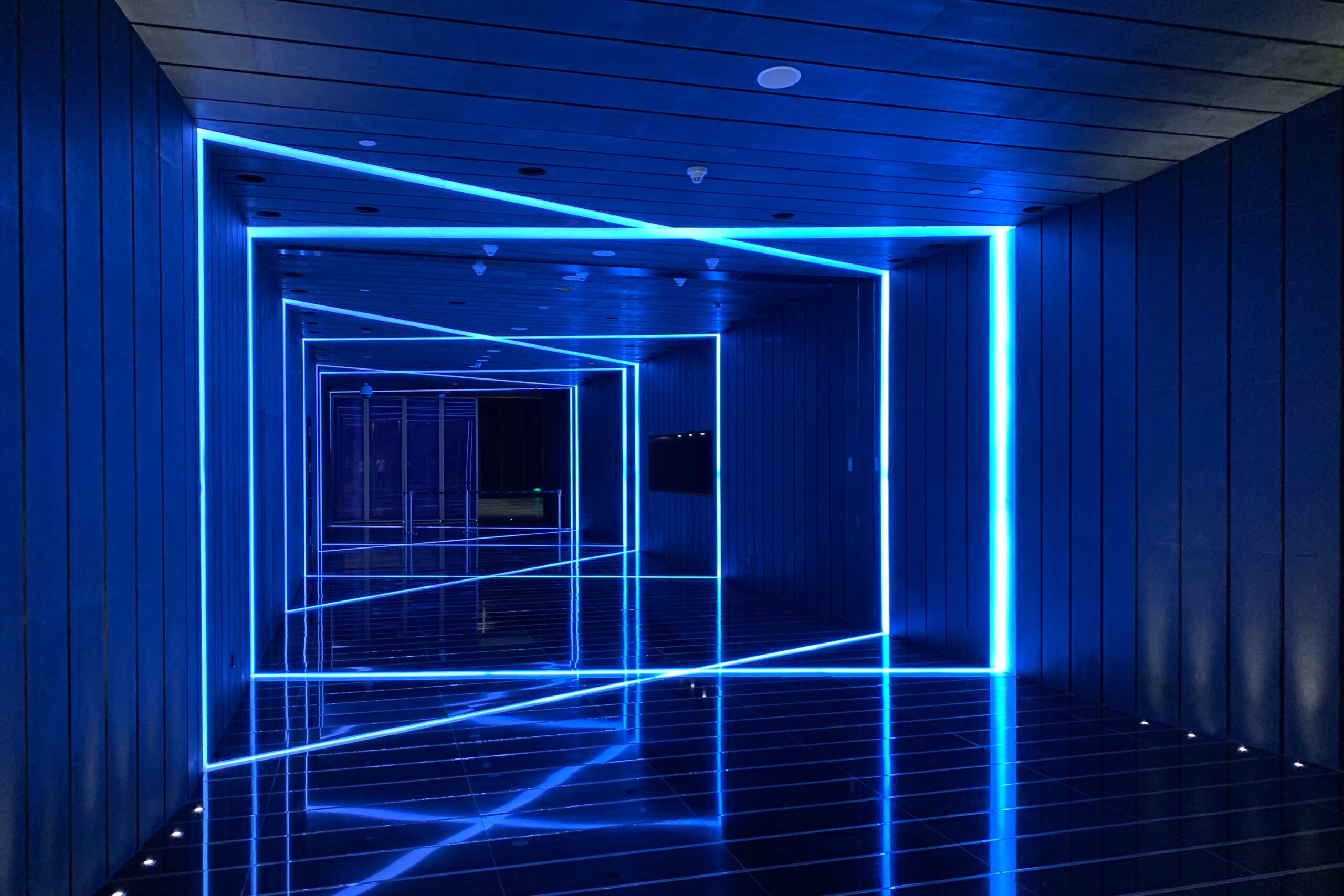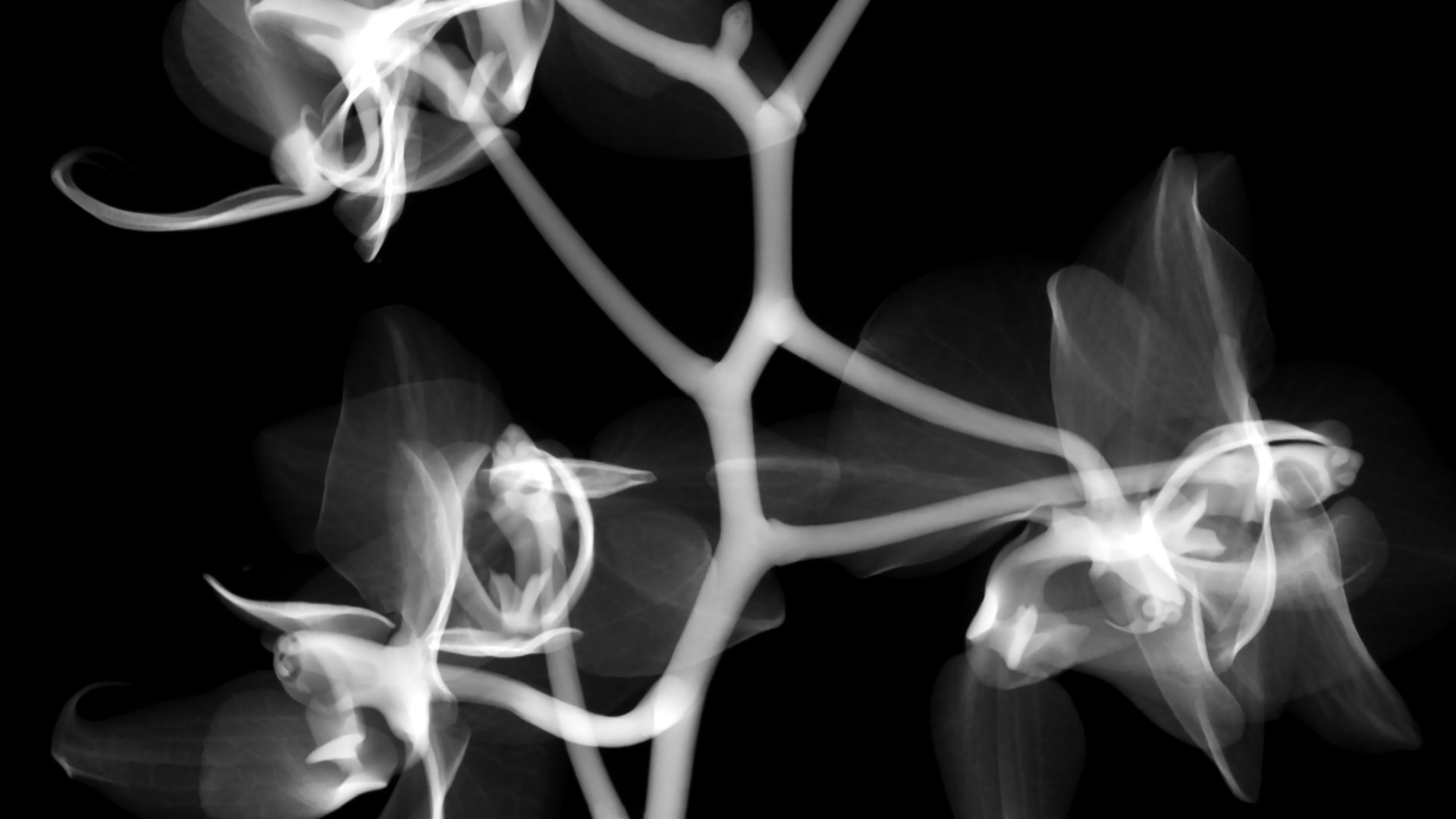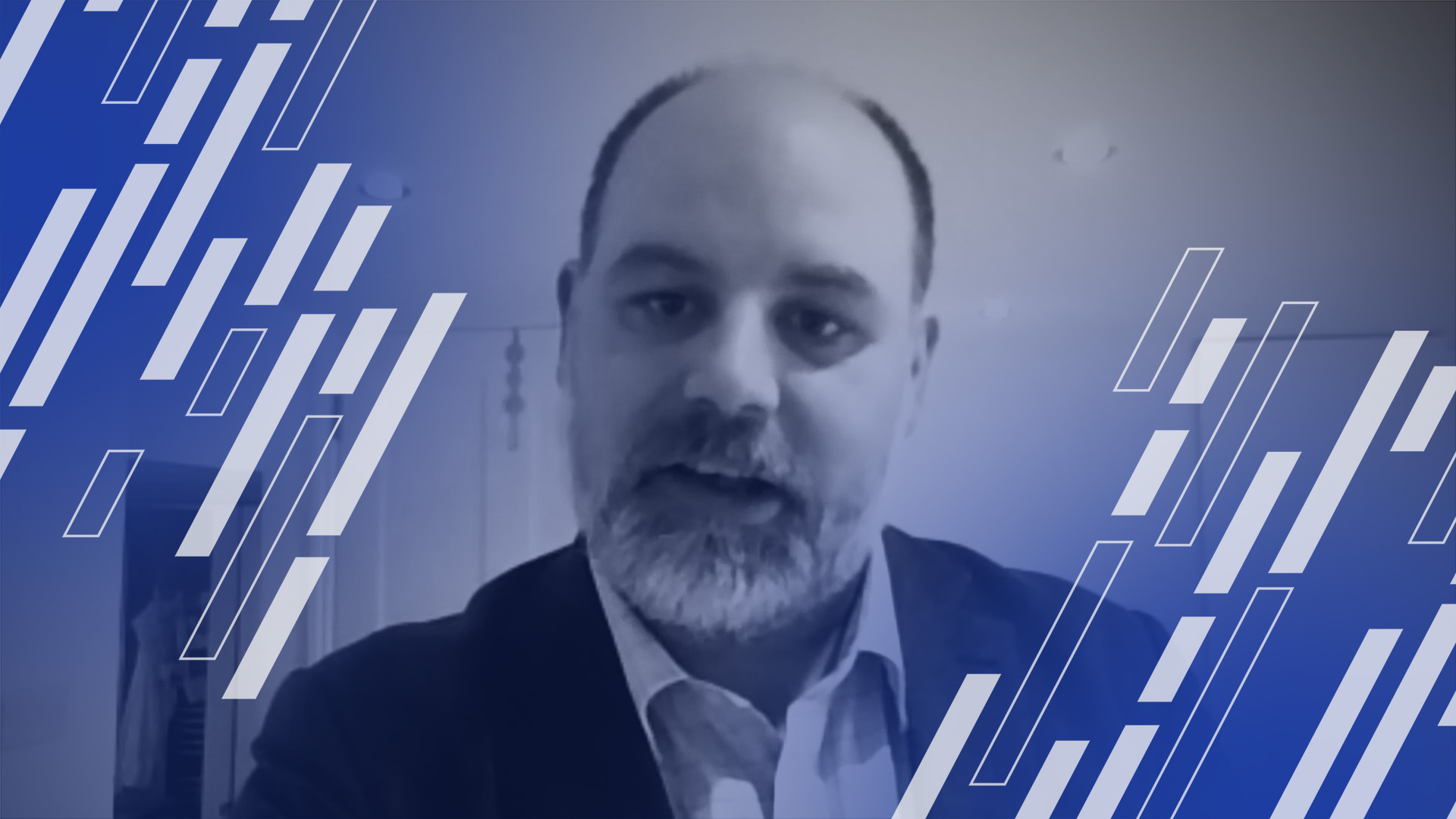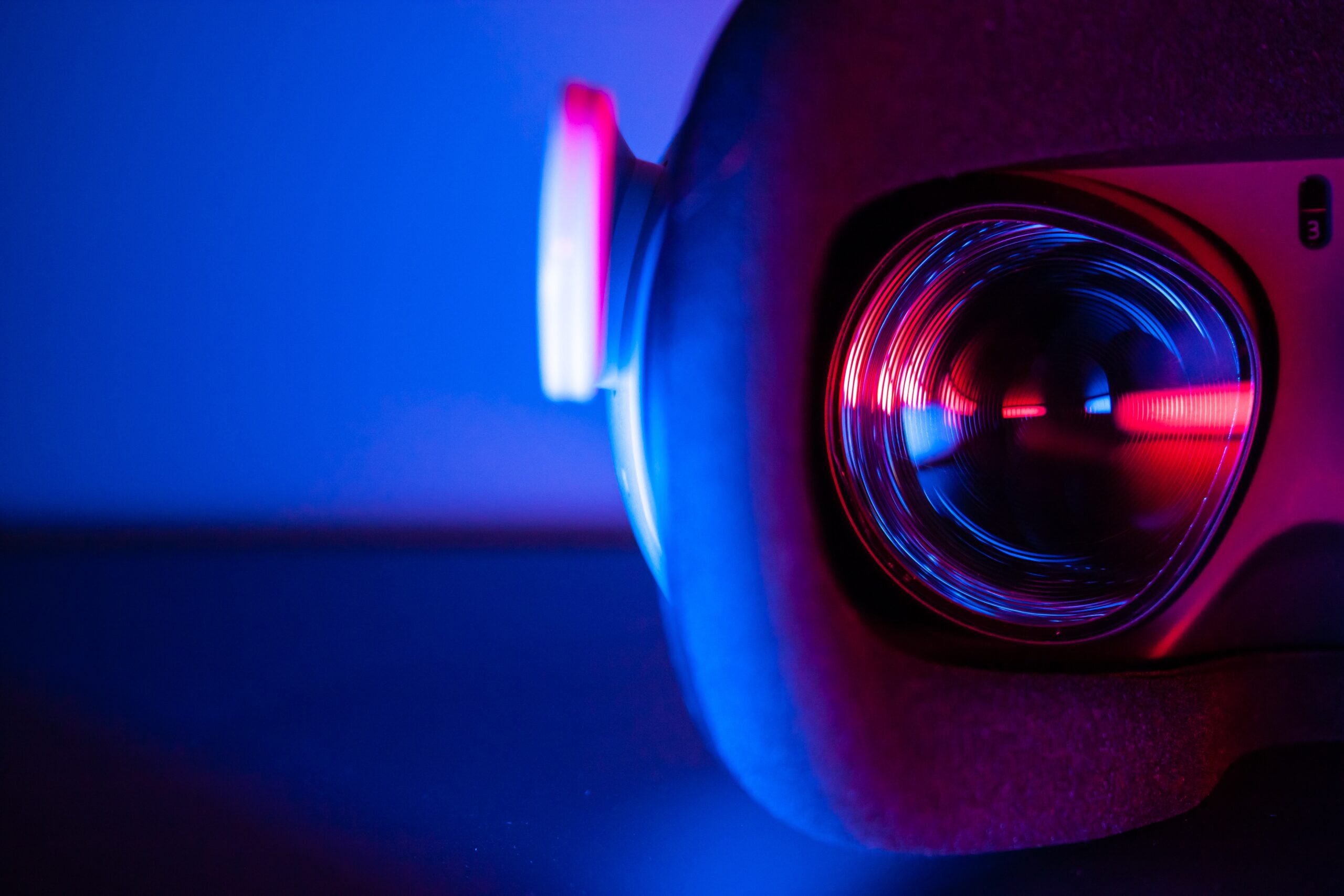In these times of multiple global crises, the new reality for many people around the world is hugely challenging and, at times, brutal.
For private sector organizations adapting to the current economic and political cycle, the new reality can be harsh, with the need to radically reduce costs whilst finding and investing in new commercial opportunities.
For public sector bodies, seeking to serve the citizenry in times of austerity and high inflation, the priority calls that have to be made are sometimes almost untenable.
But, amongst the turbulence from the Covid pandemic, societal and geopolitical unrest and the climate crisis, these events have also highlighted the resilience, adaptability and capacity for collective action within communities.
It is here that commercial organizations have the potential to lead the transition to a healthier world – for planet and people – working together with governments, public bodies, academic institutions and other businesses, to find thoughtful new ways to solve the problems that affect us all.
Squaring the circle
There can be opportunity in this new reality. Opportunity to accelerate the transformation of your ways of working, and how you use mature technologies to automate and digitize your back and front-office without sacrificing the quality of the services and experiences for your customers, partners and employees.
Opportunity to leverage advanced technologies to do things radically differently through the application of flavors of artificial intelligence.
Opportunity to use the moment and the societal momentum behind issues of sustainability to transform what your business is about and how you serve your customers.
Our colleagues from NTT Research call this #UpgradeReality.
Upgrading reality
Research at NTT focuses on servicing all of humankind. We aim to upgrade global society’s reality in game-changing ways that improve individual lives and brighten our collective future.
Fundamental research has that power, so our mission is to conduct primary research and advance the technologies that become second nature to us all, so we can best promote positive change. Ambitious projects – from advances in physics and computing, to information security and privacy protection, and medical diagnosis and disease prevention – give our labs and our scientists focus in driving forward new technologies.
But this does not mean that we’re not thinking about the here and now. In fact, the focus at this year’s Research Summit, held in San Francisco in March, was all about taking these pioneering advances and turning them into market-ready products and services. The summit, featuring keynote talks and panel discussions from leading minds both inside and outside NTT, focused on scaling an idea to innovation: from beginnings in basic research, proof of concept, and prototyping, to expanding reach so it can change the world.
From basic research to in-market innovation
It is easy to dismiss some basic research as the stuff of fanciful science fiction, but in our experience really successful organizations are constantly operating on three innovation horizons. This means planning for the future at the same time as optimizing the day-to-day.
Essentially, using a three horizons approach offers a way to balance the competing demands between running current businesses and building new avenues for growth, proposing that focus must be kept simultaneously on the short, medium and long terms. In relation to technological innovation, this can summarized using three Japanese words, referring to the focus at each horizon:
- Kaizen, or continuous improvement (Horizon 1)
- Kakushin, or renewal (Horizon 2)
- Kaikaku, or radical change (Horizon 3).
The first, nearest horizon is about the continual evolution of digital technology – about the existing market or markets that are currently served, using technology that we already use. Quite often this is about cost saving or product development.
The mid-term horizon thinks about innovation as we most people would probably consider it – about how to serve the existing market with existing technologies, but in new ways. This is sometimes referred to as Innovation-as-a-Service, i.e. new generation of products for core markets.
The furthest horizon thinks about disruptive innovation – about how we can explore the art of the possible with new technologies, serving or even creating new markets. It’s here that NTT R&D and the NTT ecosystem of innovation and academic partners focus much of their efforts on initiatives like IOWN, our optical network project that massively reduces the environmental impact of the world’s communication infrastructure.
This multiple-horizon view ensures we can provide ROI across the short, medium and long terms, by focusing on business acceleration, innovation and disruption respectively.
Combining the perfect mix along all three horizons allow us – and our clients – to remain profitable but also sustainable.
By imagining the long-term horizons, as well as finding practical steps to improve the here and now, we can take immediate action to upgrade reality today.
Technology for a balanced society
Our aim at NTT DATA, and across the wider group, is to use information technology to create new paradigms and values, which help contribute to a more affluent and harmonious society – Society 5.0.
Innovating to build Society 5.0, for us, means creating a human-centered society that balances economic advancement with the resolution of social problems by a system that highly integrates cyberspace and physical space. Through co-innovation with our partners and clients and continuous digital evolution and revolution (innovation across three horizons), we are taking practical steps towards this goal.
This starts with the foundation of sustainable infrastructure, and the creation of a low latency, low energy-consuming network. IOWN – the innovative optical wireless network – is NTT’s answer. Using optical transmission, much greater power can be achieved at a fraction of the environmental cost.
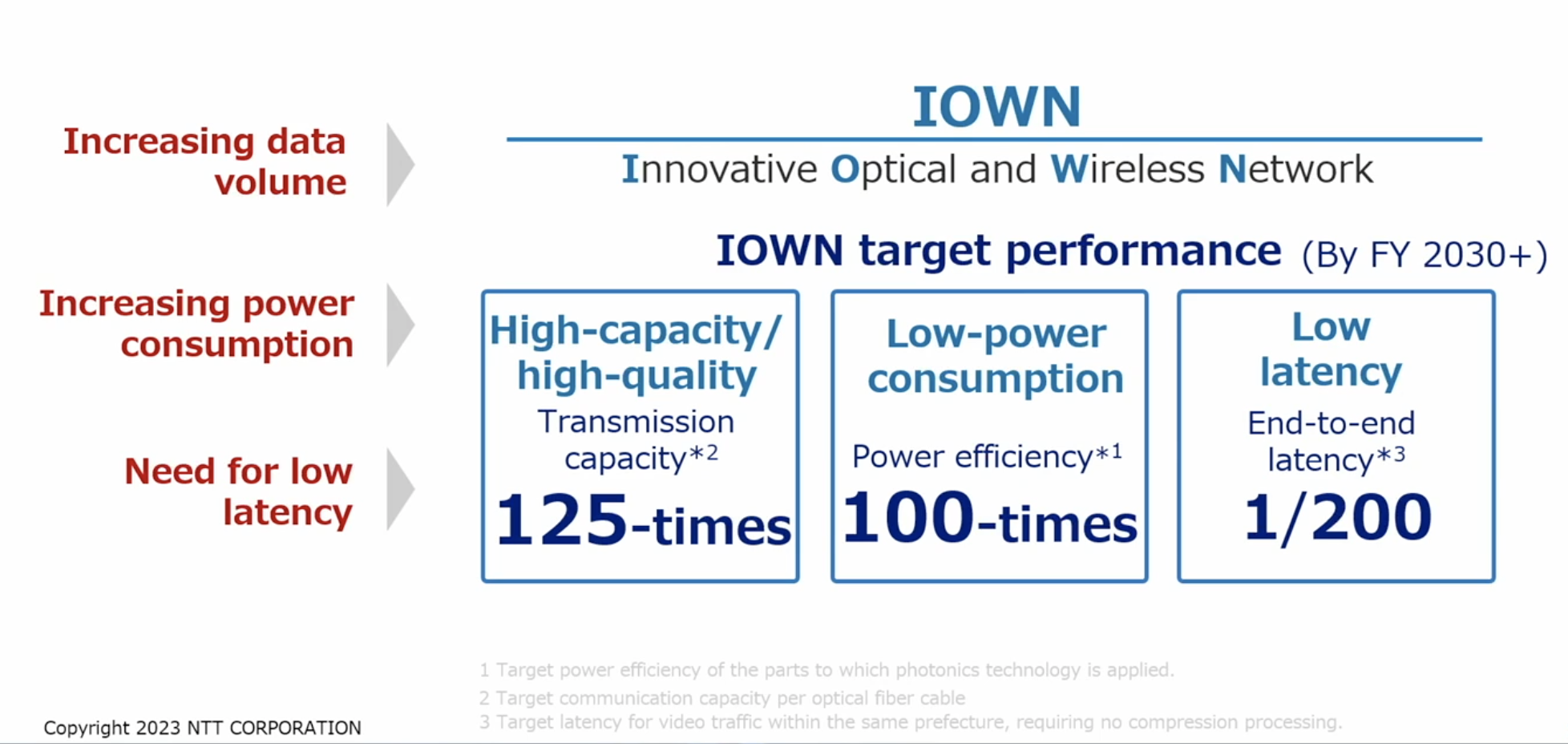
The steps we’re currently taking toward the IOWN vision, to be achieved by 2030, include projects to deliver the low latency required. As well as next generation devices for use inside computers, we’re currently developing optical devices converting light and electricity at high speeds.
Photonics, the science and technology of light, is the basis for IOWN: an all-photonics network, or APN, sits at the core – an end-to-end network that allows signals to travel at the speed of light. As part of our experimentation, four remote locations were connected with APN, with different parts of an orchestra at each location (the conductor in one, 1st violin in another, etc.). With a live musical performance, even a fraction of a second difference can be disastrous, but the speed of the light-based network meant there was no delay in either audio or video – music to everyone’s ears.
(See the highlights from the summit, including the orchestra performance, in this video.)
Of course, this lightning fast infrastructure has huge implications far beyond entertainment: in business and in society, milliseconds really count – with the stock market and emergency services being just two examples. Traders rely on instantaneous stock information, and for years the unfair advantage of those with super-fast computers and physical proximity to exchanges has been widening, with high-frequency specialists having a clear edge over typical traders (let alone ordinary investors). The playing field can now be leveled.
And for the emergency services, the time it takes to deal with critical events can be reduced to fractions of a second. Consider, too, e-commerce transactions – where any delay in loading a page is the difference between converting a customer or not – and it’s clear that the need for not just sustainable, but equitable, infrastructure is paramount.
Driving the sustainable agenda
Promoting a healthier and more harmonious society through technology of course requires us to embrace sustainability in all areas of our work. Green engineering and green innovation are two key areas in particular where we invest heavily.
As well as moving toward a decarbonized society – reducing greenhouse gasses by moving to IOWN technology, and increasing the development and use of renewable energy sources – there are a number of practical actions we’re taking to reduce the environmental impact of today’s business activities.
In October 2021, NTT issued green bonds worth approximately 300 billion yen (US$2.7 billion) to fund environmentally friendly projects in areas such as renewable energy and energy-efficient broadband infrastructure. Meanwhile IOWN will help to power technology innovations that address issues faced by the elderly and those on low incomes, who sometimes struggle to use digital technologies. Not only will this new infrastructure help reduce energy consumption beyond the telecommunications industry, but it will also remove current technological and societal barriers.
This is a team sport, though – partnerships and innovation ecosystems are crucial for making the progress we need. NTT DATA is actively collaborating with the startup ecosystem on a global scale, leveraging its presence in a large number of countries to actively participate. Through the NTT DATA FOUNDATION, entrepreneurship and digital skills are promoted and developed with international competitions, conferences and access to investors. This year’s eAwards, for example, are focused on identifying early stage startup founders who are passionate about establishing a fairer, greener financial services industry.
We know that technology is an essential tool to generate value, so through the Digital Talent School for adults and the Technology Olympics for children and teenagers, we’re advancing digital skills across the board.
The whole idea – as with all of our innovation endeavors – is that our partners (whether startups, academia or established strategic alliances), our customers and NTT DATA are all winners. This ‘triple win’ philosophy comes from our ecosystem approach. In 2014, NTT Group coined the term ‘B2B2X’ (as in business-to-business-to-user/ enterprise/ public sector body) for its strategic approach, shifting from the traditional supply chain model to an ecosystem view.
We make this B2B2X ecosystem possible by offering both the commercial and technology enablers, from strategic investment into industry value creation to platforms and open APIs.
Collaborations to date have made important developments in the fields of smart buildings management and natural language processing, with many others in the works. In EMEA alone, our partnerships with startups include:
- 8,000+ people in 10 countries
- 20+ solutions identified and disseminated
- 200+ colleagues involved
- 300+ startups analyzed.
Globally, we’ve expanded our labs network, allowing more partners, clients and colleagues to come together, and build our new reality.
In the latest from Foresight Studios
Foresight brings you what you need to know, when you need to know it – after all, chance favors the prepared mind.
We are on this journey to a new future together, and only through sharing our knowledge will we realize our ambitious, and important, goals.
Read on to discover more about creating our new reality:
- Looking to a greener future with author and fintech expert Chris Skinner
- Working together to keeping our data safe with security startup founder (and partner of NTT DATA), eXate’s Peter Lancos
- Urban resilience, citizen wellbeing and smart cities with insights from NTT and ESI ThoughtLab
- The unlimited future of the Metaverse with highlights from a new whitepaper on the XR and Metaverse economy
- And more…
Enjoy the read, and contact us here to book into one of our labs or find out more.




